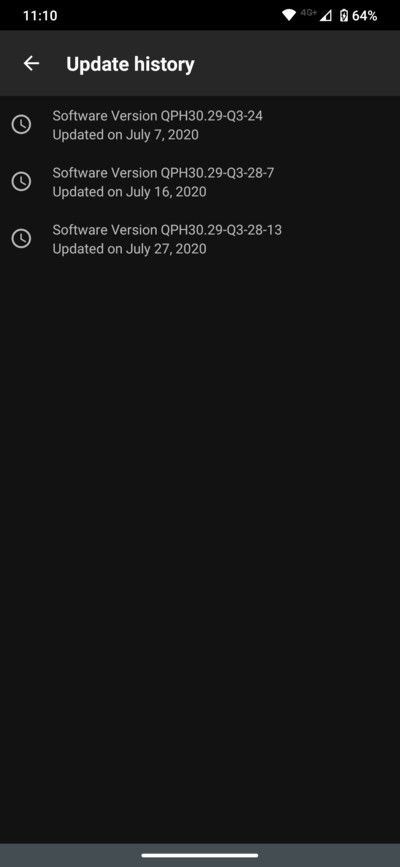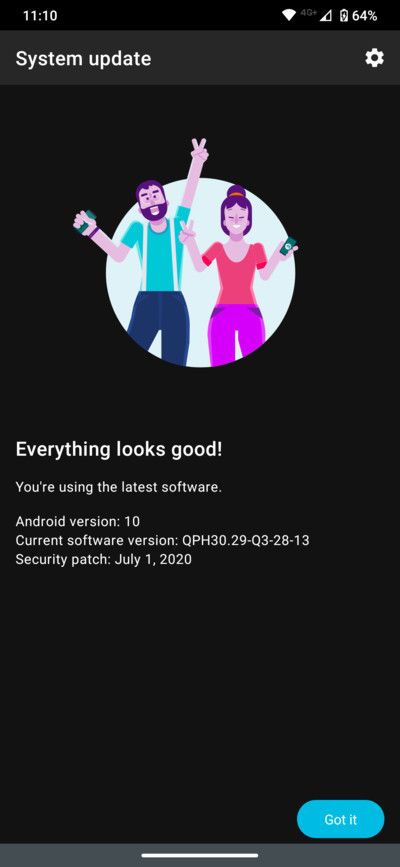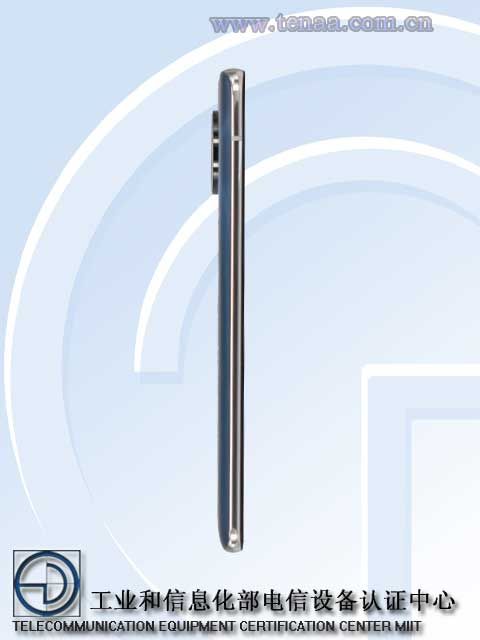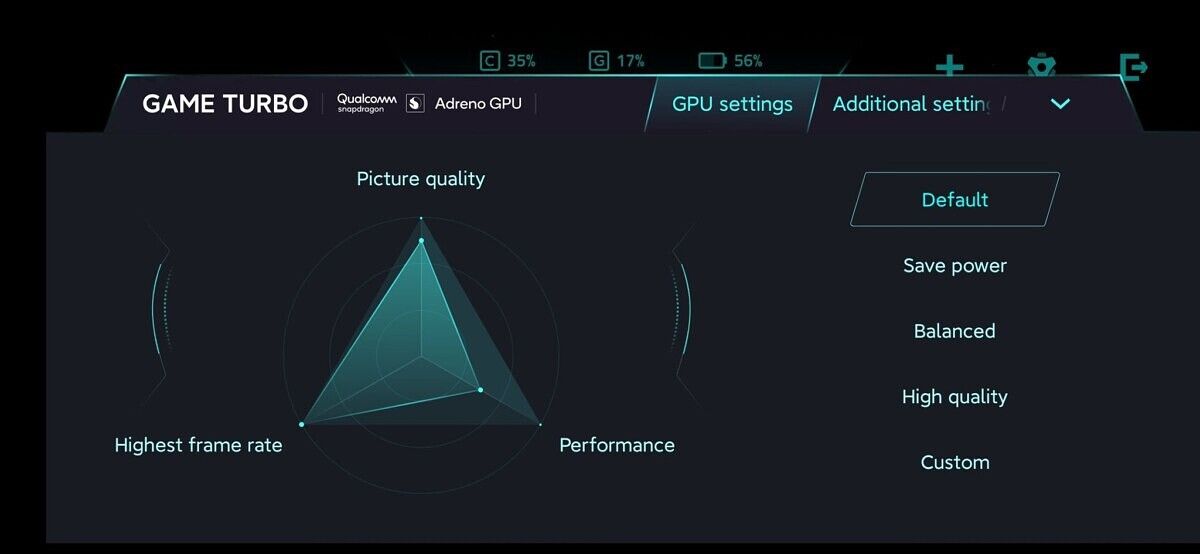The latest version of the Google Camera app for Google Pixel smartphones, version 7.5, started rolling out last night. We decompiled the APK to see if we could find any clues about upcoming Pixel camera features, and we found a few noteworthy features. We also discovered more evidence that there won’t be a Pixel 5 XL model this year, but that there will be a Pixel 4a 5G in addition to the standard Pixel 4a that’s leaked extensively already.
An APK teardown can often predict features that may arrive in a future update of an application, but it is possible that any of the features we mention here may not make it in a future release. This is because these features are currently unimplemented in the live build and may be pulled at any time by the developers in a future build.
Google Pixel 4a 5G = bramble, Google Pixel 5 = redfin
Earlier this month, code within the Google App suggested that the two late 2020 Pixel devices will be called the Pixel 4a 5G (code-named “bramble”) and Pixel 5 (“redfin”). We’ve seen the code-names “bramble” and “redfin” before when an AOSP repository revealed that these devices will be powered by the sm7250 mobile platform, which is either the Qualcomm Snapdragon 765, Snapdragon 765G, or Snapdragon 768. We’ve also seen “redfin” appear in Android 11 code for reverse wireless charging, suggesting this premium feature won’t be available on “bramble.” Once again, we’re seeing code that suggests there won’t be a Pixel 5 XL this year. A class within Google Camera 7.5 (the same Google Lens-related class as seen in the Google App, mind you) makes the same reference to “bramble” being the Pixel 4a 5G and “redfin” being the Pixel 5.

One line within a library suggests that either the Pixel 4a 5G, Pixel 5, or both devices will have dual cameras. The line makes reference to a binary called p20_dual_camera_rig_proto.binarypb that we don’t have access to. We aren’t too confident to draw any conclusions from this one line just yet, but we’ll keep an eye out for more evidence of the camera capabilities of this year’s Pixel flagships.
Audio Zoom
Ahead of the Pixel 4’s launch, we first discovered that Google was working on a new feature called Audio Zoom. This feature, as seen on several smartphones from HTC, LG, Samsung, and other device makers, uses the phone’s microphones to adjust the audio focus when you zoom in or out. When the Pixel 4 launched, the feature wasn’t present. However, it’s still in the works, as evidenced by new strings added in Google Camera 7.5:
<string name="pref_audio_zoom_summary">Boost the sound where the user is zooming in on.</string>
<string name="pref_audio_zoom_title">Audio zoom</string>
With the help of XDA Senior Member cstark27, we surfaced the toggle for Audio Zoom in Google Camera’s settings. However, it doesn’t work on my Pixel 4. Perhaps my device is missing the necessary hardware (another microphone next to the camera?) or libraries needed to make this feature work.

Help Improve Google Camera
Another new toggle that’s coming to the Google Camera app is a preference to improve the camera over time. According to the string, the camera app will “learn over time” as you use it. All data stored by the camera app will “[stay] on your device,” though Google will use “privacy-preserving technology” to “[combine] information from you and many other participants to make Camera smarter for everyone.” We’re not sure what kind of data Google will collect and what kinds of improvements can be made based on this data.
<string name="pref_camera_improve_camera_summary">Allow Camera to learn over time as you use it. Your data stays on your device while privacy-preserving technology combines information from you and many other participants to make Camera smarter for everyone.</string>
Expanded Social Share
A nifty feature introduced in the Google Camera app with the Pixel 4 launch is “Social Share.” This feature makes it quick and easy to share photos you’ve just taken. After you take a photo, simply swipe up from the thumbnail to share the photo to social media. In Google Camera’s settings, you can choose which 3 social media apps appear in Social Share’s carousel. The social media apps that are supported include Discord, Facebook Messenger, Facebook Messenger Lite, Chat, Messages, GroupMe, Hangouts, Helo, Imo Messenger, Instagram Stories, KakaoTalk, Kik, LINE, ShareChat, Signal, Skype, Snapchat, Telegram, Textra, Twitter, Verizon Message+, Viber, WeChat, and WhatsApp.
Hidden deep within Google Camera 7.5’s code is an allowlist of 25 apps that users will be able to quickly share videos to. In essence, Google is expanding Social Share to support quickly sharing videos to social media and/or messaging apps. The supported apps currently include Facebook, Facebook Messenger, Google Messages, Instagram, KakaoTalk, Line, Snapchat, Telegram, Viber, WeChat, WhatsApp, GroupMe, Kik, Skype, Discord, Signal, imo, ShareChat, Helo, Verizon Messages, Textra, Twitter, Hangouts, Slack, and VSCO.
New Camera Modes
We’ve been tracking the addition of new camera features to Google Camera, and version 7.5 adds even more camera modes obfuscated behind code-names. These include Lasagna, Naruto, Catfish, and Catshark. Once we’re confident we know exactly what these are, we’ll let you know.
Thanks to XDA Senior Member cstark27 for their assistance in these findings and to PNF Software for providing us a license to use JEB Decompiler, a professional-grade reverse engineering tool for Android applications.
The post Google Camera 7.5 corroborates Pixel 4a 5G and Pixel 5, hints at Audio Zoom, expanded Social Share, and more appeared first on xda-developers.
from xda-developers https://ift.tt/3hQDSEx
via
IFTTT






































